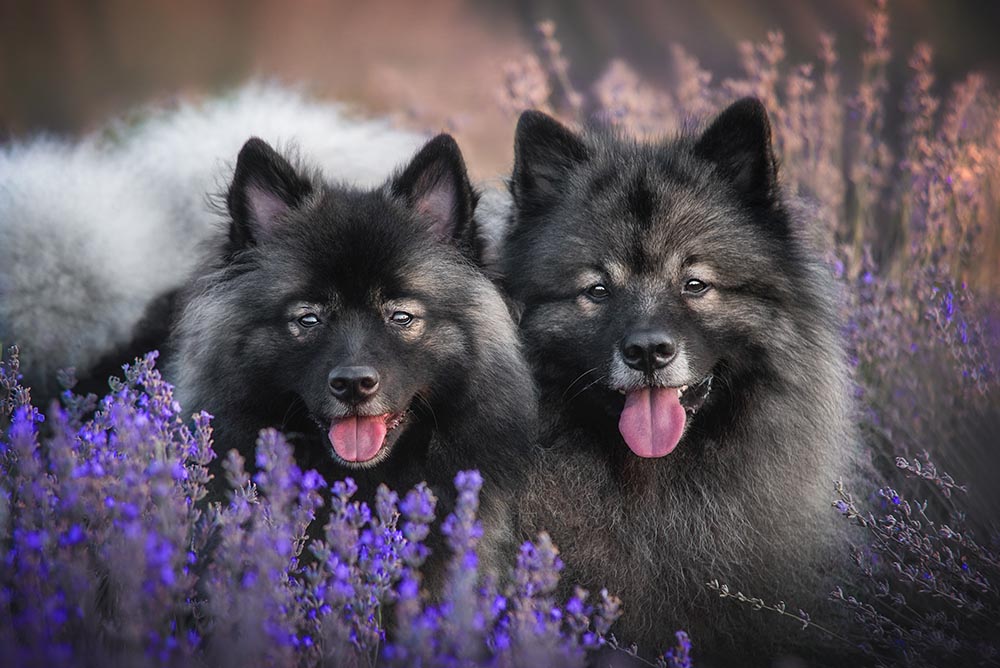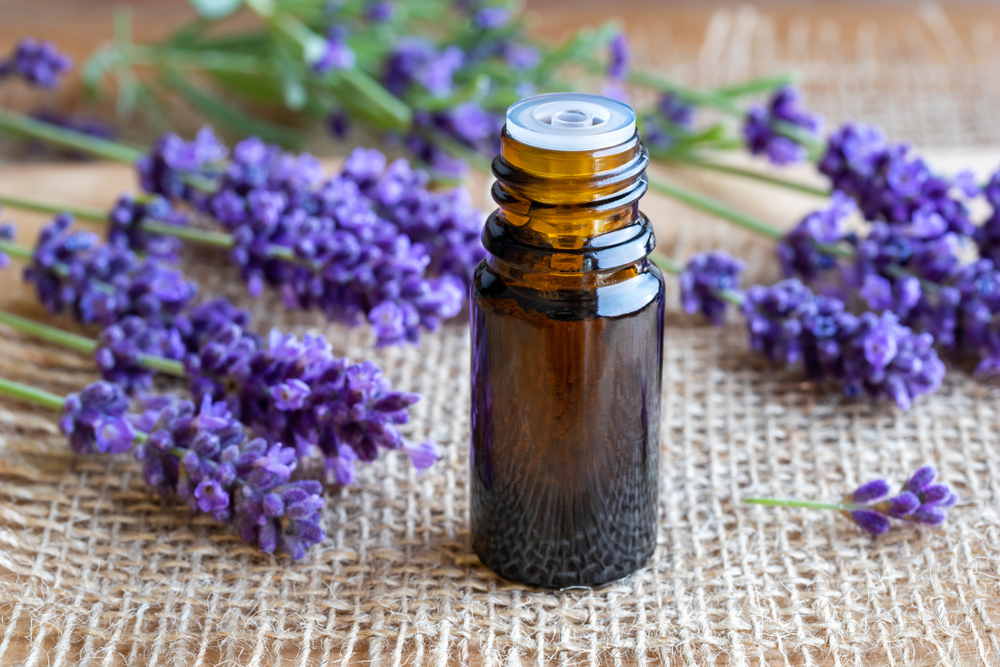- July 30, 2024
My Dog Ate Lavender Plant! What Should I Do? (Vet Answer) – Dogster

The information is current and up-to-date in accordance with the latest veterinarian research.
Why is it that some dogs just cannot resist the urge to eat things they shouldn’t? A lot of the time, you don’t even realize that certain things could be considered appealing or edible by your naughty canine until they’re hanging out of your dog’s mouth! And by the time that happens, you find yourself frantically searching for answers about what household ingredients, items, and plants are toxic to dogs, which is likely why you’re here.
Has your dog eaten a lavender plant? Here’s some good news for you: Lavender plants are not toxic to dogs
However, if you are worried that your dog has eaten too much lavender, or if they have any health conditions, it is best to contact your vet and seek advice that is specific to your situation.

Are Lavender Plants Safe for Dogs?
Lavender is one of the few aromatic herbs that is considered safe to have around dogs, but that doesn’t mean they should be eating it. Lavender contains two chemicals that are toxic to dogs—linalool and linalyl acetate—which is why you will sometimes find it categorized as a toxic plant.1 However, the levels of these substances in the lavender plant are quite low, and a dog would need to consume so much of the plant for any toxic effects to occur that they would likely have lavender exploding from both ends!
This doesn’t mean that you should encourage your dog to graze on your lavender plants, but you don’t need to panic if they do have the occasional munch.

What About Lavender Oil?
Extreme care should always be taken with essential oils around pets for three important reasons.
- They are a highly concentrated form of the ingredient.
- There are no regulatory bodies that monitor or safeguard the production of essential oils.
- All essential oils in their undiluted form can be harmful, dangerous, or deadly to your pets.
Lavender is a relatively safe essential oil to use around dogs, but only in diluted form, and never given orally.
If your dog ingests lavender oil, contact your vet or poison hotline, or speak to a vet online for further advice. Do not attempt to make your dog vomit.
What Other Plants Are Safe for Dogs?
There are far too many plants in the world to be able to make a comprehensive list of all that are safe or dangerous. As a general rule, assume a plant could be toxic until proven otherwise. Even those that aren’t strictly poisonous can cause gastrointestinal upset. Even some plants that are grown for human consumption can be toxic to dogs, such as onion, garlic, and parts of the tomato plant, so don’t assume that if it’s safe for us, it’s safe for them.
Below is a list of some common garden plants that are known to be safe for dogs, provided they are consumed in moderation.
Safe plants for dogs:
- Pansies
- Rosemary
- Thyme
- Basil
- Sunflowers
- Fuchsias
- Nasturtiums
- Spider Plant

Which Plants Are Toxic to Dogs?
Many plants can cause irritation of the mouth and gastrointestinal distress if eaten in large amounts, so make sure you keep an eye on your dog when they are out and about in the garden. However, there are some that are more dangerous than others, including:
Toxic plants for dogs:
- Most bulbs (tulips, daffodils, hyacinths)
- Onions, chives, and leeks
- Garlic
- Lilies
- Milkweed
- Aloe vera
- Cycad (sago palm)
- Oleander
What About Essential Oils?
As we mentioned earlier, extreme care must be taken when using essential oils around our dogs, and even more so if we have cats. Cats lack specific enzymes needed to metabolize certain compounds, making them more sensitive to some toxins, so be sure to do some extra research if you plan to use essential oils in a feline-friendly home.
Some oils can cause skin irritation, respiratory inflammation, liver and kidney damage, and severe gastrointestinal reactions, so take care when selecting and using them.
Below are some oils that are relatively safe for dogs, as well as those that are highly dangerous.
| Essential Oils Safe* for Dogs | Essential Oils Dangerous for Dogs |
| Lavender
Fennel Cardamom Frankincense Chamomile Rosemary Sweet Basil Valerian Clary Sage Bergamot Cedarwood |
Cinnamon
Citrus Pennyroyal Peppermint Pine Sweet birch Tea tree (melaleuca) Wintergreen Ylang ylang |
*Relatively safe when used carefully and in moderation. Essential oils should be diluted before use and not ingested. Always check with a vet before using anything new on your pet.


Final Thoughts
If your dog has decided to sample your lavender plant, don’t panic. While we don’t exactly want to encourage this behavior, lavender doesn’t pose much of a risk to your pet. Always err on the side of caution when it comes to letting your dog munch their way through your garden, and even more importantly, take great care when using essential oils.
Featured Image Credit: Anna Darahan, Shutterstock
Tags
What do you think?
Related Articles

New Puppy Checklist: Gear You’ll Need for Your New Dog
Getting a new puppy is really exciting, but before you welcome them home, it’s important to prepare your space for them. Since puppies need a

How Big Do Mini Poodles Get? Vet Reviewed Average Weight & Growth Chart – Dogster
The information is current and up-to-date in accordance with the latest veterinarian research. Learn more » When you buy a Miniature Poodle, you might not

Can Police Dogs Smell Nicotine? Vet Verified Facts & Info – Dogster
The information is current and up-to-date in accordance with the latest veterinarian research. Learn more » While cigarette sales have been declining steadily for decades,

How Old Is 5 in Dog Years? Vet-Approved Guide to Each Size of Dog – Dogster
The information is current and up-to-date in accordance with the latest veterinarian research. Learn more » A common method for calculating a dog’s age is

